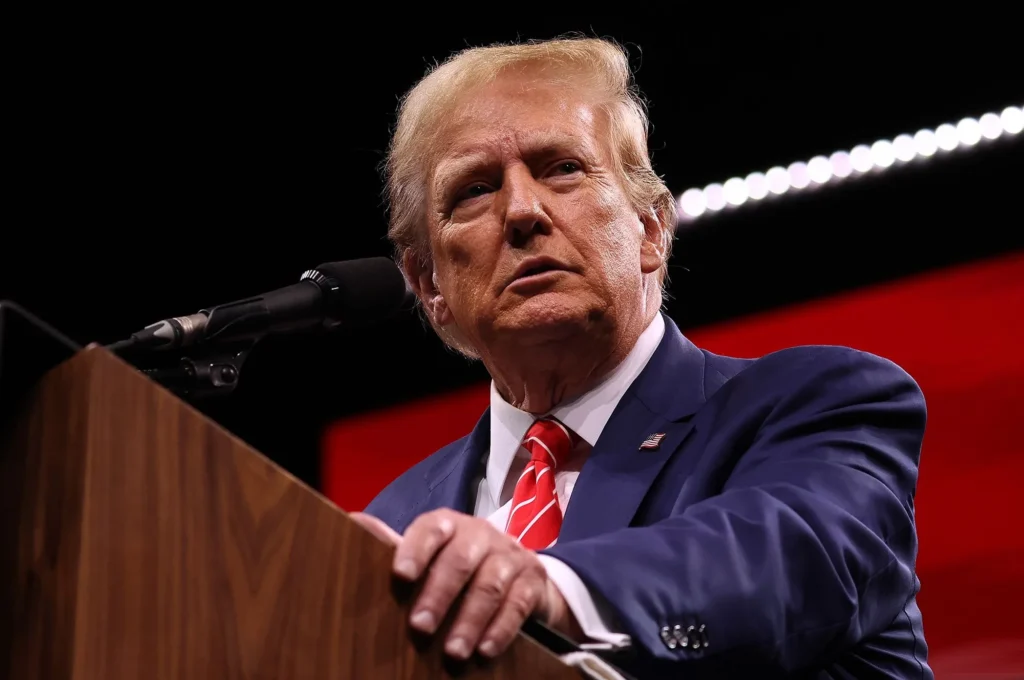The Institute on Taxation and Economic Policy (ITEP) uses a recent report to detail the financial effects of the extensive tariffs that former President Donald Trump put into effect. The study demonstrates how people touched by poverty will experience most of the financial burden from these tariffs despite high-income families having more resources.
How Trump Tariffs Are Structured
Monetary restrictions implemented by Donald Trump became some of the most substantial tariffs the United States has enforced since the beginning of the twentieth century.
These include:
- A staggering 145% tariff on Chinese products,
- The new import duty applied by Trump’s administration involves taxation at 25% against Mexican and Canadian shipments.
- The administration applied supplementary import taxes on steel and aluminum and multiple items supplied by international trade partners.
- The initiative, which started to safeguard American business interests and eliminate trade deficits, is generating significant economic repercussions that focus on their adverse impacts on various sections of society.
Low-Income Families Pay a Bigger Share
The ITEP report demonstrates that tariffs create new taxes that burden lower-income families worse than they impact wealthier families.
According to the data:
- The expenses for Americans with incomes under $28,600 will hike up by 6.2% because of rising prices.
- The spending increases for individuals who earn at least $914,900 reach only 1.7%, according to the ITEP findings.
- The price increase to which middle-income families fall because of tariffs is expected to total a 5% rise in spending for this income group.
- An income-related disparity exists because lower-earning households spend the majority of their money on basic necessities, including food and utilities, after the implementation of tariffs.
Also Check:- Odisha Chief Minister Announces Comprehensive Support for Pahalgam Victim’s Family
Food and Clothing Costs on the Rise
According to the Yale Budget Lab, data suggests food prices would increase by 2.6% during the short-term period due to these tariffs. Countermeasure tariffs would make clothes rise 64% in value, thus increasing daily purchasing challenges for families in need.
These expenses will not be limited to one-time payments.
According to Yale team projections, American families would spend almost $4,700 less each year because of higher prices caused by tariffs.
The Bigger Picture: Who Really Pays?
Economists prove that United States consumers bear the full expense of tariff charges despite their apparent impact on foreign exporters. The actual events have disproven the presidential pledge that tariffs would restore American employment and increase the country’s financial wealth.
The economic impact extends beyond money losses because it creates social justice issues among the population. The distribution of tariff impacts between Americans’ different socioeconomic levels shows the poorest Americans spend three times their income on affected products than the wealthiest Americans spend on the same items.
Final thoughts
As the 2024 election season brings trade policy back into the spotlight, voters should take a closer look at how Trump’s tariffs are quietly impacting everyday Americans—especially those with the least to spare. What may seem like economic strategy at the top levels could translate into real hardship for millions of households at the bottom.
Stay tuned to get more updates on tariffs!


